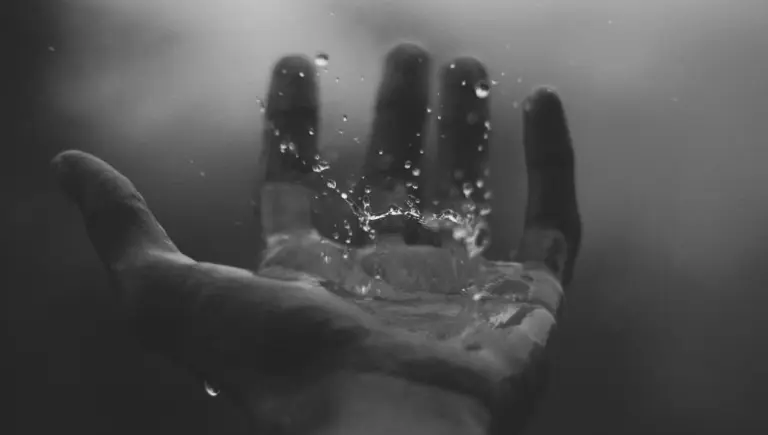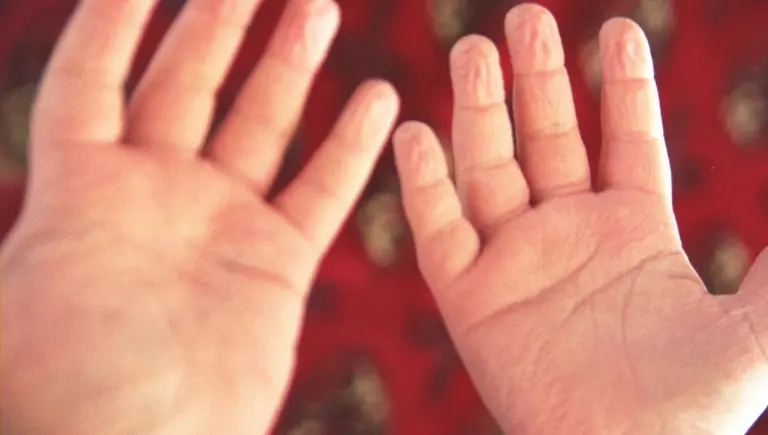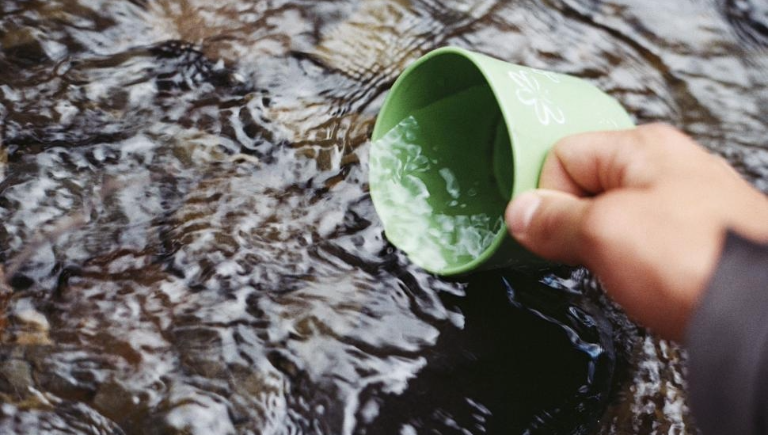Why Your Fingers Wrinkle in Water: Uncover the Mystery Behind This Fascinating Phenomenon
Have you ever taken a long bath or gone for a swim, only to see your fingers turn wrinkly? It’s a common experience that usually surprises people. But why does this happen? Is it just water soaking into your skin, or is there more to the story? Many wonder whether wrinkling in water is a sign of skin damage or if it’s part of some smart biological process. In this article, we’ll explore the science, bust some myths, and explain what finger wrinkling really means.
The Science Behind Finger Wrinkling in Water
What Causes Skin Wrinkles?
Your skin is made up of several layers. The outermost layer, called the epidermis, acts like a barrier. When you get your skin wet, water affects this top layer. The water causes the outer skin cells to swell a little, creating tiny bumps and ridges. But this isn’t just about water filling up gaps. It turns out the skin is more clever than that.
Your skin also has sweat glands and is elastic, meaning it can stretch and bounce back. When you spend time in water, your skin responds by forming wrinkles or ridges, especially on your fingers and toes. Several experiments have shown that these wrinkles aren’t random—they follow specific patterns. That means the body is doing something special.

The Role of the Nervous System
This is where it gets even more interesting. Researchers tested whether the nervous system controls this wrinkling. They found that when nerves are damaged or blocked, the skin doesn’t wrinkle as much in water. It’s not just water soaking into your skin; your body actively makes the wrinkles happen.
Studies show that the nervous system sends signals to the skin to produce wrinkles when exposed to water. It’s like an automatic response, similar to how your body reacts to cold or hunger. This suggests that wrinkling in water is a planned response, not accidental.
💡 Did You Know?
Wrinkling your fingers in water is a biologically purposeful adaptation that makes it easier to hold onto slippery objects!
The Mechanics of Wrinkle Formation
When your skin wrinkles, certain patterns form naturally. The folds tend to run in specific directions that help you grip wet objects better. These ridges form because your skin is trying to get a better hold in slippery conditions. The difference is that not all skin wrinkles this way—only areas like your fingers that are designed to improve grip.
Why Do Our Fingers Wrinkle?

Evolutionary Theories
One popular idea is that wrinkles make it easier to handle things when your hands are wet. Think of a wet glass or a slippery banana. Wrinkles could act like treads on tires, helping you grip better. Experiments confirm this idea. Volunteers with wrinkled fingers hold wet objects more firmly than those with smooth fingers. It’s like the skin is giving you tiny, natural gloves when you need them most.
Current Scientific Understanding
Today, scientists believe wrinkling in water is mostly a nerve-activated response. It’s not caused by water soaking in to cause swelling. Instead, the nervous system signals your skin to wrinkle, just like it does when your pupils dilate or your hair stands up. Dermatologists say that this adaptation is built into your body to make life easier.
Comparing Wrinkling in Different Body Parts
Your fingers aren’t the only parts of the body that wrinkle in water. Your toes, palms, and even your ears can do it. But fingers are best at it because they’re designed for gripping. The ridges and folds on your fingertips give you extra traction in slick conditions, making everyday tasks easier and safer.
Myths and Misconceptions About Water Wrinkling
Common Misunderstandings
Many believe the skin swells when wet, creating the wrinkles. That’s not true. The skin does not swell permanently. It only wrinkles temporarily. The process is controlled and reversible, not a sign of skin damage.
✅ Fact
Water-induced wrinkles are temporary and reversible. They don’t harm your skin; rather, they serve a functional purpose to enhance grip in slippery conditions.
Are Wrinkles Permanent or Reversible?
No, water-induced wrinkles are just temporary. Once you dry off, your skin returns to normal. Think of it like a temporary shirt crease that disappears after ironing. Your skin is resilient, and these wrinkles aren’t markers of aging or damage.
Myths About Skin Health and Wrinkling
Some think that water exposure causes skin to age faster or damages it. This isn’t accurate. Mild water contact does not harm your skin if you maintain good skincare. Most skin damage from aging comes from sun exposure, smoking, and genetics, not from splashes in the pool or bath time.
⚠️ Myth
Myth: Wrinkled skin from water exposure is a sign of skin damage.
Practical Implications and Tips
How Wrinkling Affects Grip and Dexterity
Wrinkled fingers help us handle wet objects better. For example, when grabbing a wet towel or opening a jar that’s slippery, the ridges give extra grip. Scientific studies support that wrinkling can improve your ability to hold onto things in wet conditions. It’s nature’s built-in sponge-treads.

Tips for Managing Water-Related Skin Wrinkles
If you’re concerned about wrinkling or dry skin, try these tips:
- Keep your skin moisturized with lotion after water exposure.
- Avoid prolonged soaking that can dry out your skin.
- Wear gloves when working with water for a long time.
- Use gentle soap to protect your skin’s natural oils.
💡 Pro Tip
To prevent excessive wrinkling, limit your time in the water or keep your hands and feet moisturized to reduce skin dryness and maintain skin health.
When to See a Dermatologist
While temporary wrinkling isn’t a problem, watch for signs of skin issues, such as persistent dryness, itching, or rashes beyond normal wrinkling. If you notice abnormal changes or discomfort, it’s time to consult a healthcare professional.
📌 Quick Fact
Wrinkling from water exposure is completely normal and reversible. If you notice persistent dryness or other skin issues, make sure to moisturize your skin and consult a dermatologist if necessary.
Conclusion
Fingers wrinkle in water because of a clever, biological trick. It’s not just water filling up your skin; it’s a controlled response mediated by your nervous system. This wrinkle pattern helps you grip better in wet conditions, a handy adaptation from our ancestors. Understanding this simple yet fascinating process clears up common myths and shows how smart our bodies really are. Next time your fingers turn wrinkly, remember—it’s your body’s way of helping you get a better grip!







